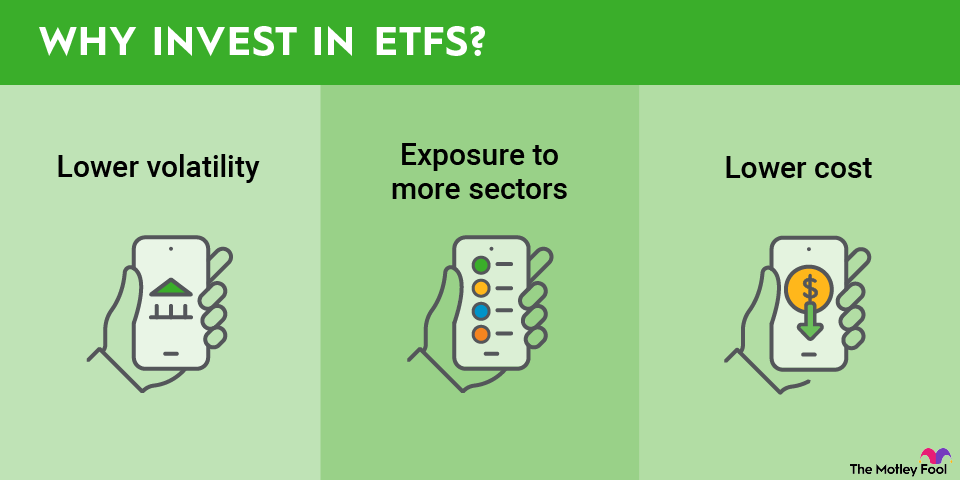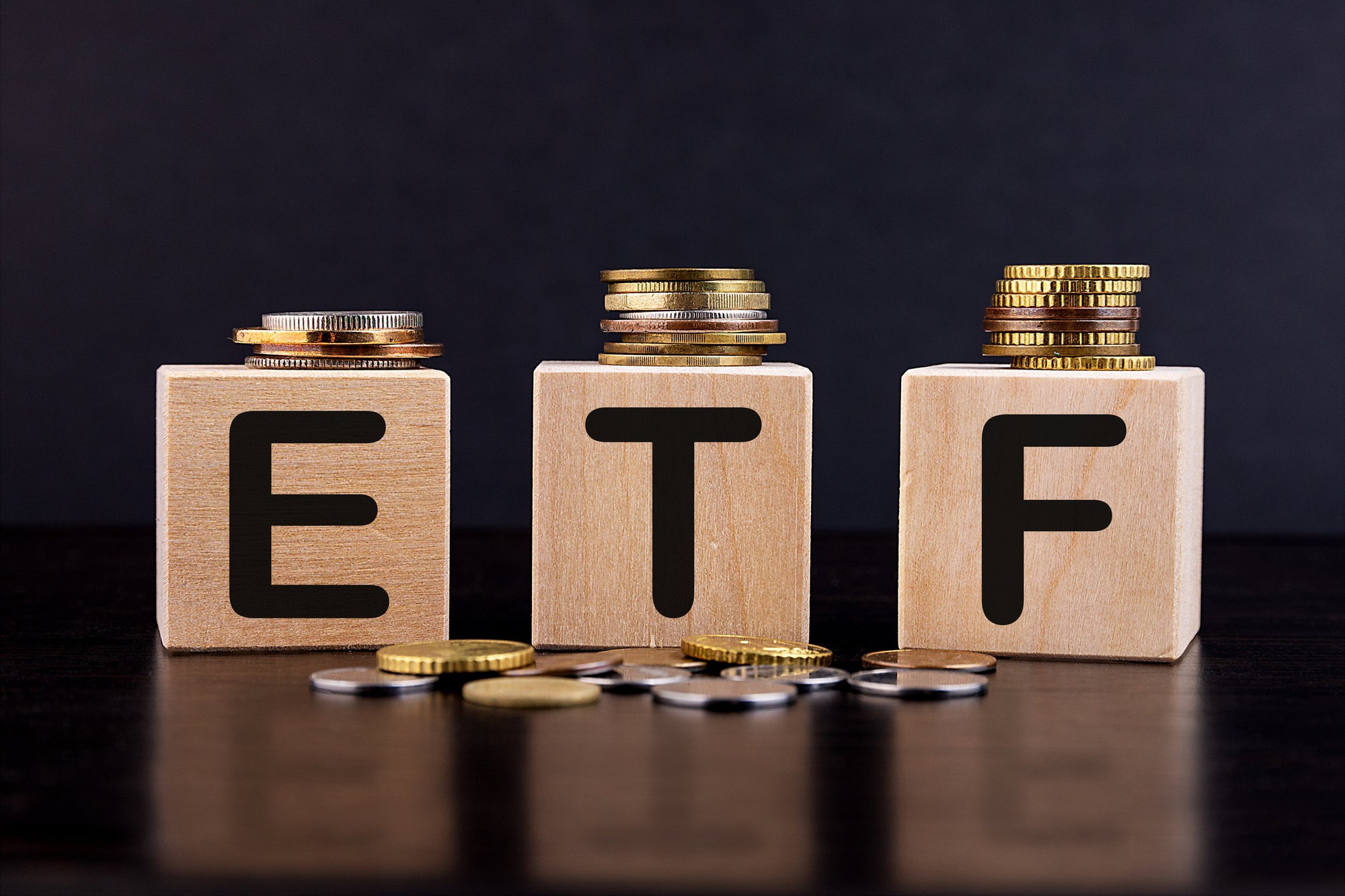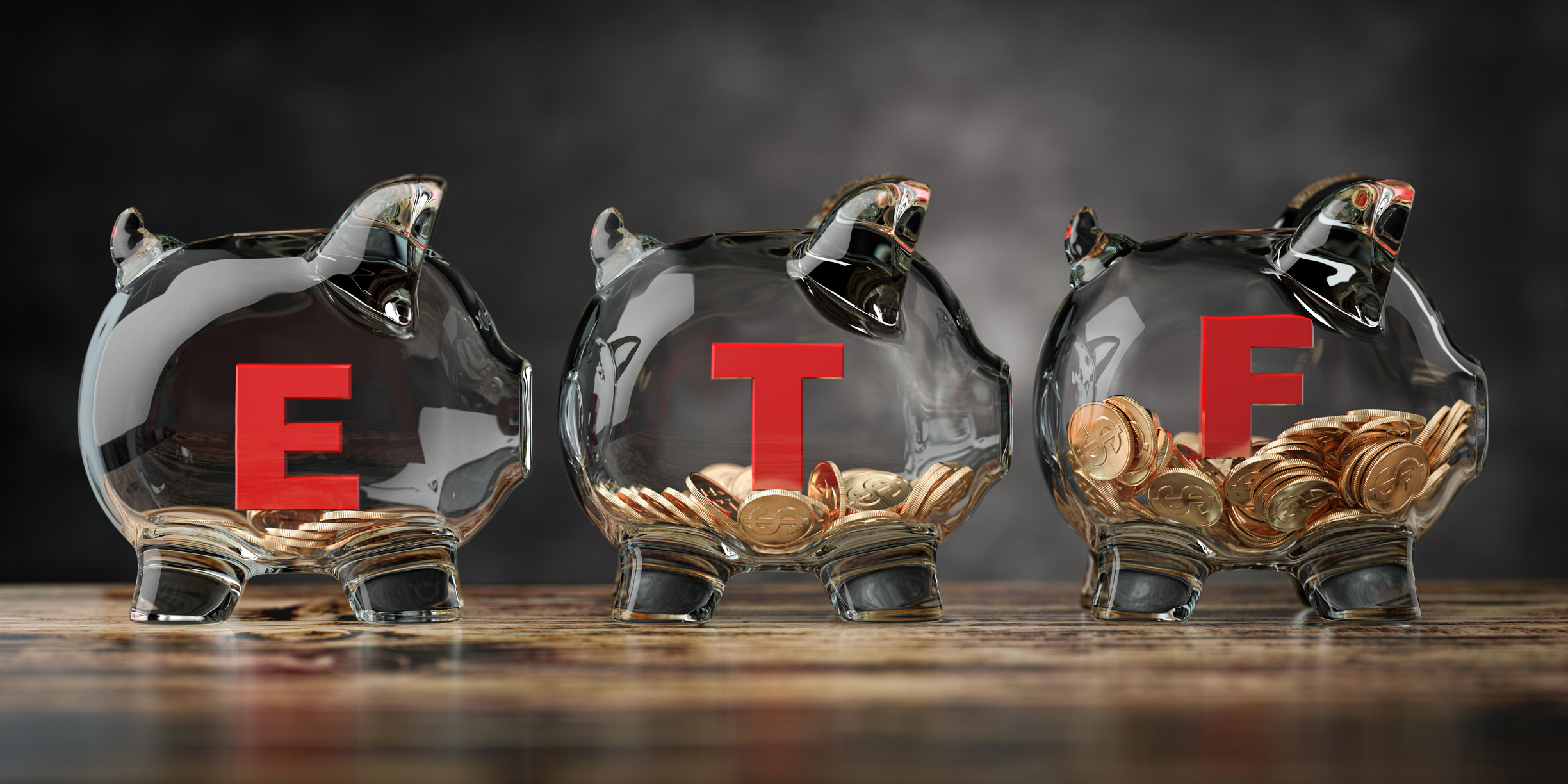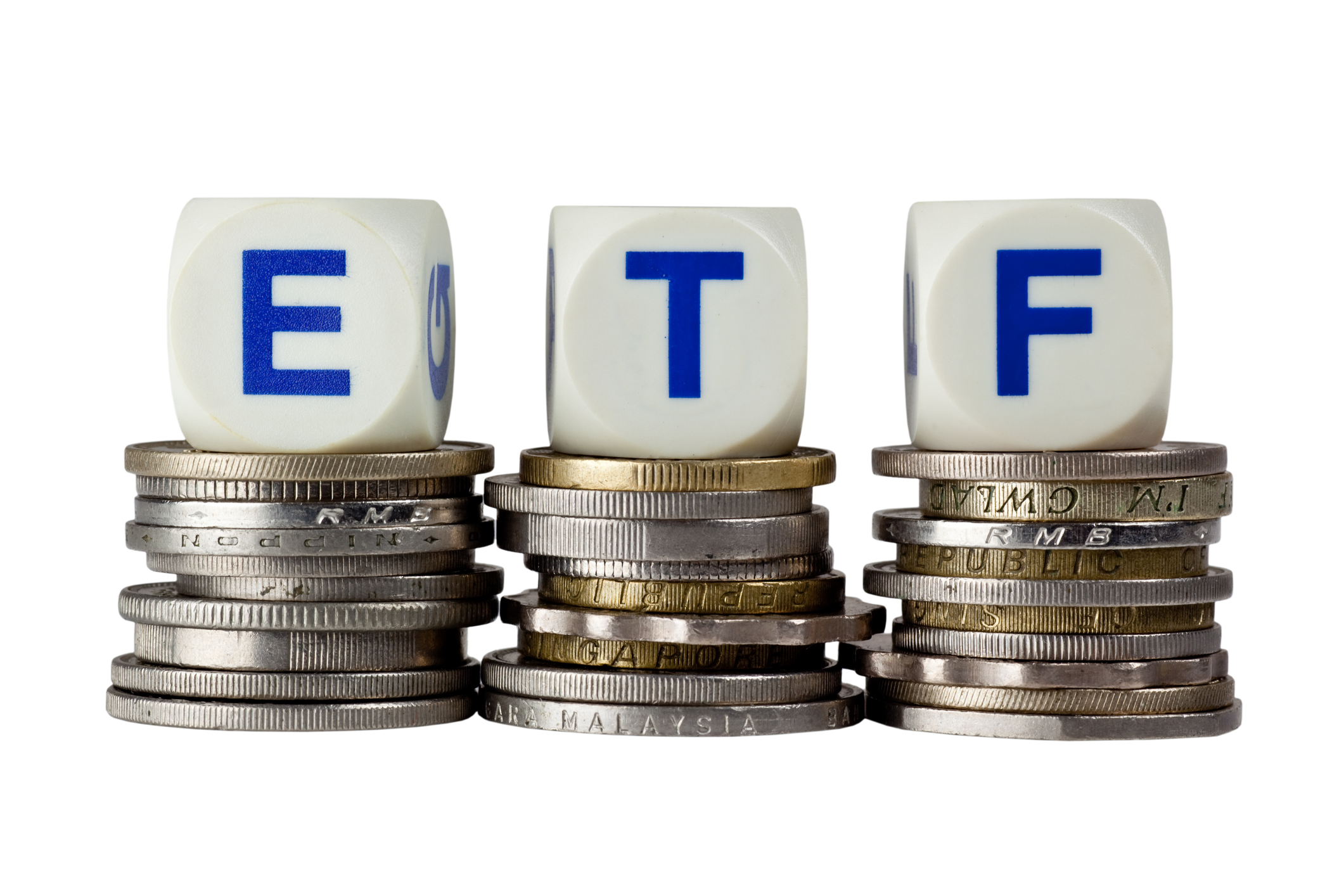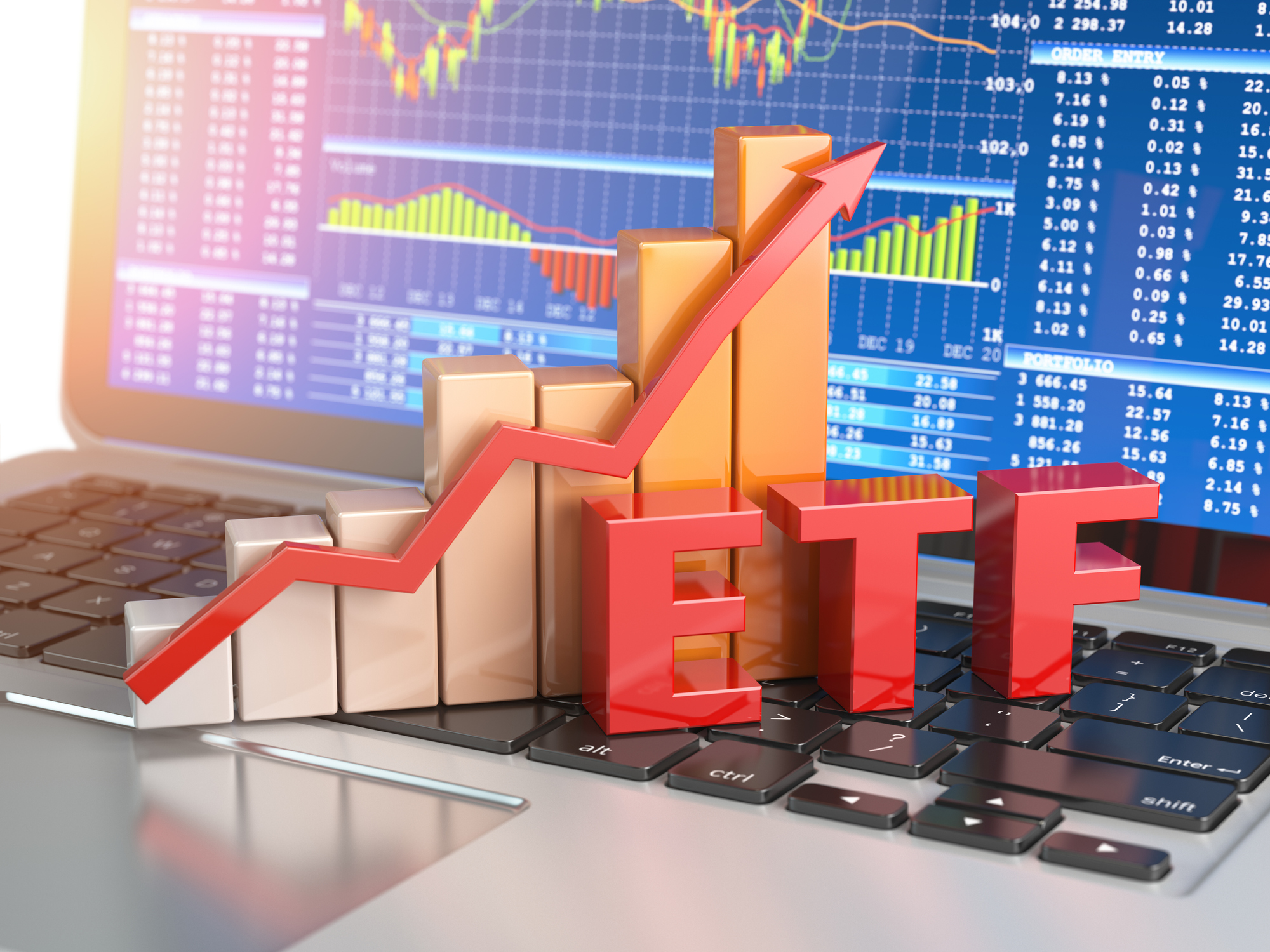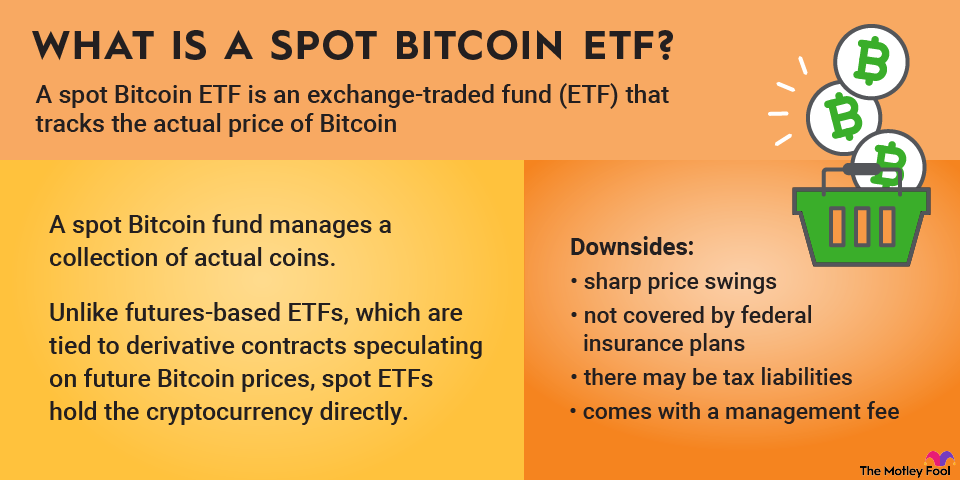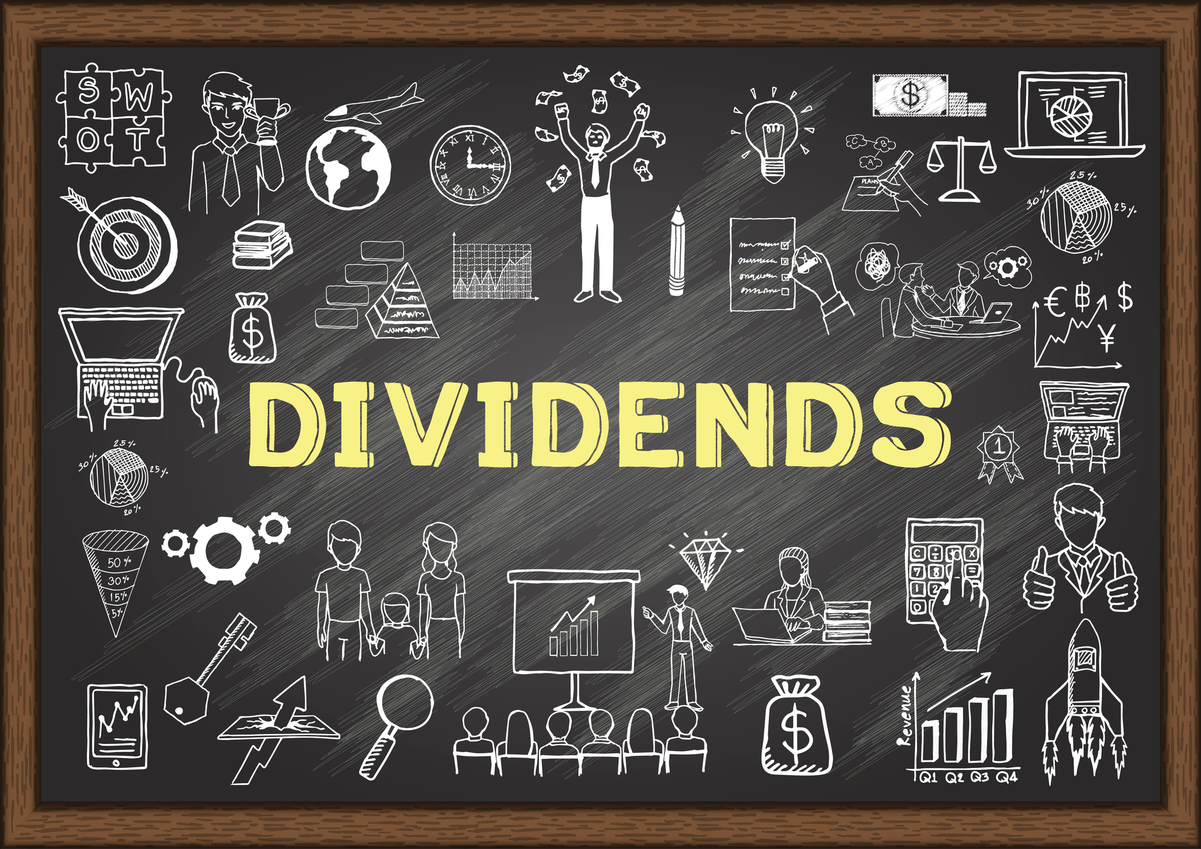The best long-term ETFs allow investors to easily build a diversified portfolio. They can provide broad exposure across many asset classes, industries, and geographies. This diversification can help an investor reduce risk without sacrificing long-term returns.
There are many exchange-traded funds (ETFs) built for long-term investors. Here's a closer look at several top ETFs that make ideal buy-and-hold investments.
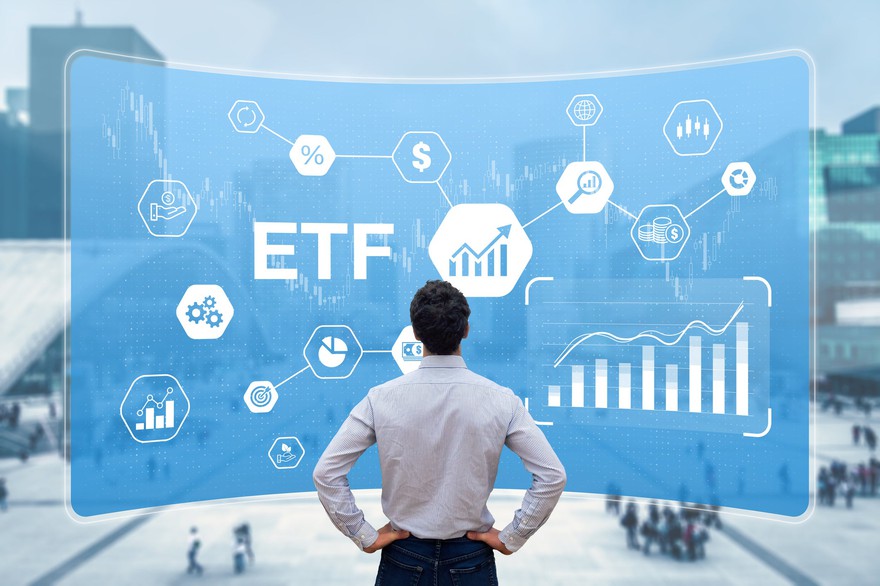
Best long-term ETFs
The best ETFs for the long term hold a diversified portfolio of stocks while charging a very low ETF expense ratio. Although many funds share those two key characteristics, here are the top ETFs for long-term investors:
Exchange-Traded Fund (ETF)
1. Vanguard S&P 500 ETF

NYSEMKT: VOO
Key Data Points
The Vanguard S&P 500 ETF (VOO -0.51%) is an index fund designed to track the S&P 500 index. The index represents 500 of the largest U.S. publicly traded companies. The ETF's goals are to closely follow the S&P 500's returns, the primary benchmark for the overall returns of the U.S. stock market.
It offers a high potential for growth, making it an ideal long-term investment. Over the last 50 years, the average stock market return was 8% annually, as measured by the S&P 500. The Vanguard S&P 500 ETF has only slightly underperformed that benchmark's returns since its inception due to its modest ETF expense ratio.
Like the S&P 500, the ETF uses a market weight strategy, giving a higher weighting to the largest companies. Its top 10 holdings made up almost 35% of its total net assets in mid-2025, giving investors relatively concentrated exposure to the largest companies in the index.
The ETF offers investors exposure to the largest U.S. stocks for a very low cost. Its expense ratio of 0.03% is significantly less than the 0.22% average expense ratio of similar funds. Investors would only pay $0.30 in annual management fees per $1,000 invested in the ETF, compared to $2.20 per year for every $1,000 invested in the average fund.
2. Invesco S&P 500 Equal Weight ETF

NYSEMKT: RSP
Key Data Points
The Invesco S&P 500 Equal Weight ETF (RSP -0.48%) is also an index fund designed to track the stocks in the S&P 500. However, it uses an equal weight approach instead of one based on market cap. As a result, the ETF's top 10 holdings represent less than 3% of its total assets.
This approach reduces concentration risk by providing broad exposure across the 500 stocks in the S&P 500. The ETF rebalances its holdings quarterly to ensure each holding remains a relatively equal portion of the fund's assets.
The ETF has a relatively low expense ratio of 0.2%. That's a reasonable fee to gain broad, equal-weight exposure to 500 of the largest public companies in the U.S.
Gross Expense Ratio
3. iShares Russell 1000 Growth ETF

NYSEMKT: IWF
Key Data Points
The iShares Russell 1000 Growth ETF (IWF -0.80%) provides exposure to U.S. companies expected to increase their earnings at an above-average rate compared to the broader stock market. The fund held shares of slightly less than 400 companies as of mid-2025.
The ETF takes a market-weighted approach. Its top 10 holdings made up more than 55% of its total assets. Given its growth focus, technology stocks comprised a significant portion of the fund's holdings at more than 45% in mid-2025.
The ETF charges investors a reasonable expense ratio of 0.19%. That's a fair price to pay to gain long-term exposure to growth stocks.
4. Vanguard Real Estate ETF

NYSEMKT: VNQ
Key Data Points
The Vanguard Real Estate ETF (VNQ +0.40%) invests in real estate stocks with a focus on real estate investment trusts (REITs). These entities typically own income-producing commercial real estate, such as apartments, office buildings, retail properties, and industrial complexes.
As of mid-2025, the REIT ETF had almost 160 total holdings. The top 10 made up more than half of its assets. However, it's worth noting that its largest holding was a real estate index fund also managed by Vanguard (more than 14% of its assets), which helped reduce its overall concentration.
The fund charges a relatively low fee of 0.13%, making it an inexpensive way to gain exposure to the real estate market, which has historically been an excellent long-term investment. REITs also tend to pay above-average dividends. As a result, this ETF offered a dividend yield above 3.5% in mid-2025.
5. Schwab U.S. Dividend Equity ETF
Top 5 Sectors | Top 5 Geographies |
|---|---|
Financials (21.9% of the fund's holdings) | Japan (23.6%) |
Industrials (18.5%) | United Kingdom (14.8%) |
Healthcare (11.2%) | France (10.3%) |
Consumer discretionary (10.7%) | Switzerland (9.2%) |
Information technology (8.0%) | Germany (9.1%) |
The iShares Core MSCI EAFE ETF charges a very low expense ratio of 0.07%, allowing investors to add some international exposure to their portfolios at a low cost and benefit from the long-term growth of the global economy.
7. iShares Core 60/40 Balanced Allocation ETF
Related investing topics
Why ETFs are good for long-term investors
ETFs can be great building blocks for long-term investors. They can provide broad exposure to market sectors, geographies, and industries and help investors quickly diversify their portfolios while reducing their overall risk profile.
The best long-term ETFs provide this exposure for a relatively low expense ratio. The low cost allows investors to earn returns roughly matching the underlying index that the funds aim to track over the long term.

